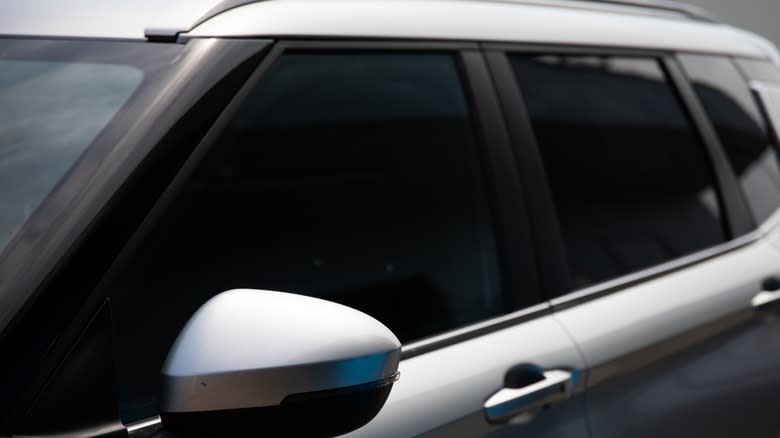
There are plenty of reasons to tint the windows on your car or truck. Window tint can keep your car a little cooler on hot days or help protect your leather upholstery from the merciless rays of the sun. It can also keep the glare out of your eyes when you're driving or block harmful UV rays from reaching your delicate skin. It can protect your windshield from shattering, your dashboard from cracking, and make the interior of your car less visible to a thief or nosy looky-loo. And the most important thing it can do, of course, is make your car look cool.
But some states don't share that enthusiasm for window tint. The laws in a few states, notably New Hampshire, New Jersey, and Vermont, prohibit any kind of tinting on front windows. Most states allow at least some tinting, but set a cap on the VLT% -- Visible Light Transmission percentage -- of the tint you place on your car.
The lower the VLT, the darker the tint is. California and Washington, D.C. are the strictest about this, requiring tint on front windows to have a VLT of at least 70%, meaning it will let in 70% of the sunlight. D.C. even restricts back side windows to at least 50%.
But what if you like your tint really dark, like 5%? No state will allow you to tint more than a few inches of your windshield that dark, and none allow an entire front side window to be tinted that darkly. But there are 13 states where you can get away with 5% tint on back windows, as they have no restrictions on rear side window VLT. These states are Arkansas, California, Delaware, Iowa, Maine, Michigan, Missouri, North Dakota, New Jersey, Nevada, Ohio, Utah, and Vermont.
Read more: Cheap-Feeling, Underpowered, Or Just Ugly, These Cars Don't Justify Their Price
How Do Cops Know How Dark Your Window Tint Is?
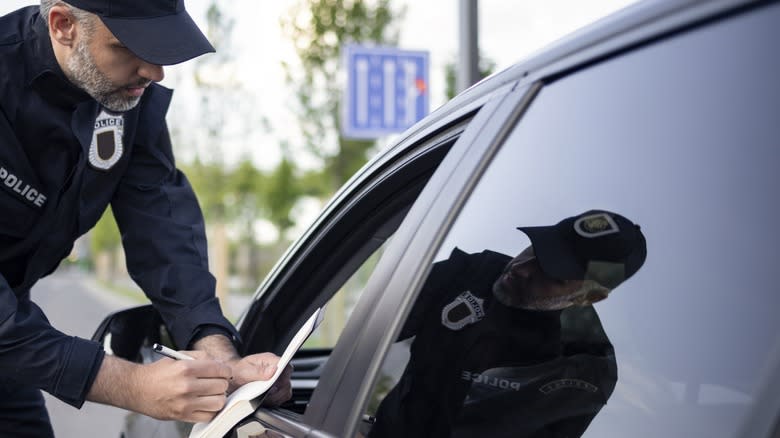
If your state says your tint has to be as light as 70%, but your windows make your car look like it belongs in a presidential motorcade, it's going to be obvious to any cop that your tint is too dark. But what if your tint is just 5% or 10% darker than what's allowed? Can a cop tell just by looking at it?
For all we know, there could be some police officer out there who sees well enough to eyeball something like that, but law enforcement agencies generally rely on more concrete methods to measure the darkness of window tint. Many police departments are using a device called a light transmittance meter to measure tint darkness. Police in Aurora, Illinois were able to issue 291 citations for illegal window tint in the first five months of the year they started using the device. That's compared to just two citations during the same period the year before.
Other states rely on more old-school ways of determining how dark your tint is. Texas, for example, requires that all cars with window tint have a label on the bottom rear corner of the driver's window that says, "Complies with TRC Chapter 547." Minnesota requires that any tint applied after August 1, 1985 have a "permanent marking" that states the percent of transmittance, as well as the percent of reflectiveness.
Penalties for having illegal window tint can be high in some states. In Florida, you could get 60 days in jail and 6 months' probation plus up to $500 fine. In Georgia it's 12 months in prison and a $1,000 fine. In fact, one white collar fugitive in Georgia was finally caught because his illegal tint drew the attention of the police.
It's Not Just About How Dark Your Tint Is

Reflective window tint is used by many drivers and can be a good look on some cars. But if strangers regularly come up to your car's window to check their makeup, your tint may be a little too reflective by law. Many states specify not only how dark, but also how reflective your tint can be. Alabama, for example, doesn't allow tint that is more than 20% reflective. Other states, like Alaska, Arkansas, and Colorado, don't allow reflective tint at all.
Then there's how far down your window your tint goes. States that allow tint on windshields generally prohibit tint that reaches any farther down from the top than the as-1 line on your windshield or specify a length, ranging from four to six inches. Michigan puts this restriction on the front side windows as well, allowing tint only on the top four inches of the window.
What if you like to express yourself through funky tint colors like red, amber, or blue? You'll have to display your quirky personality some other way if you live in a state like California, Arizona, and Kansas, which don't allow specific colors. Red and amber are commonly prohibited by states that have laws about colored tint. Some states' laws also specifically disallow other colors, like green, yellow, and blue.
What if your doctor says you should tint your windows? Some states will give a medical exemption for window tint if you get a doctor's note and, in some cases, fill out an application. The important thing to do is check out the laws where you live. Window tint laws differ by state and change from time to time, so be sure to do your homework.
Want more like this? Join the Jalopnik newsletter to get the latest auto news sent straight to your inbox...
Read the original article on Jalopnik.
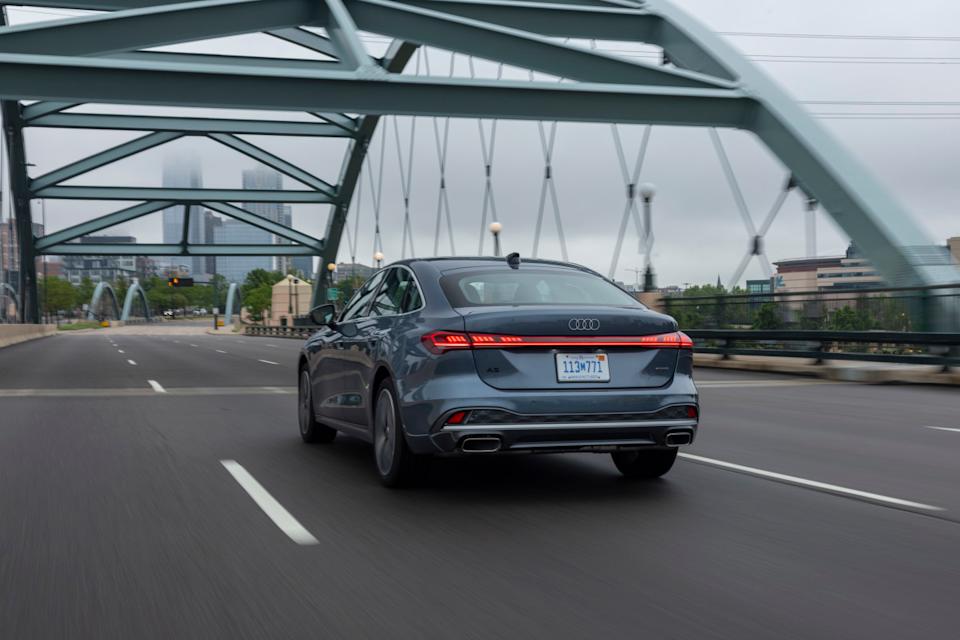
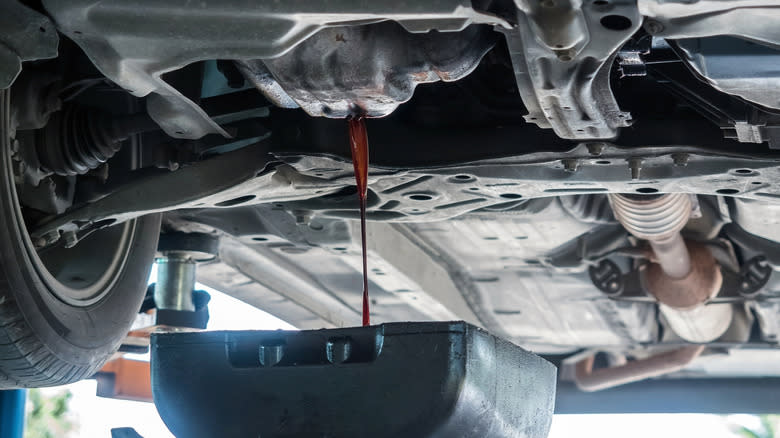
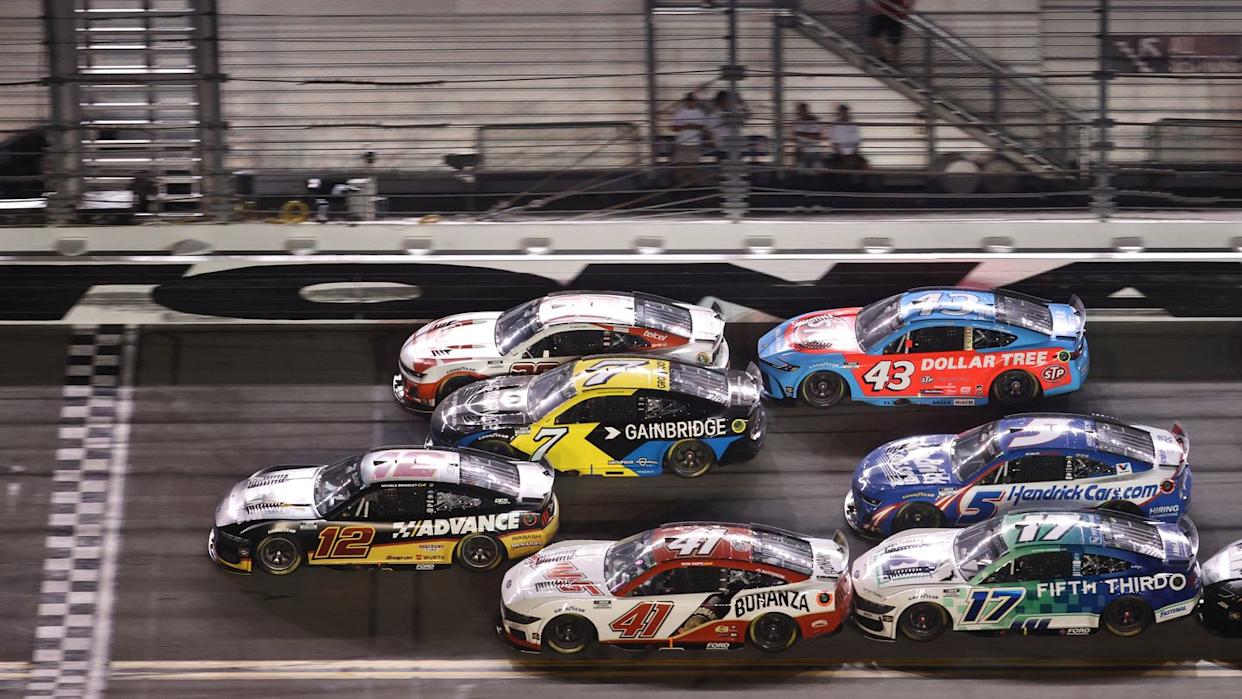

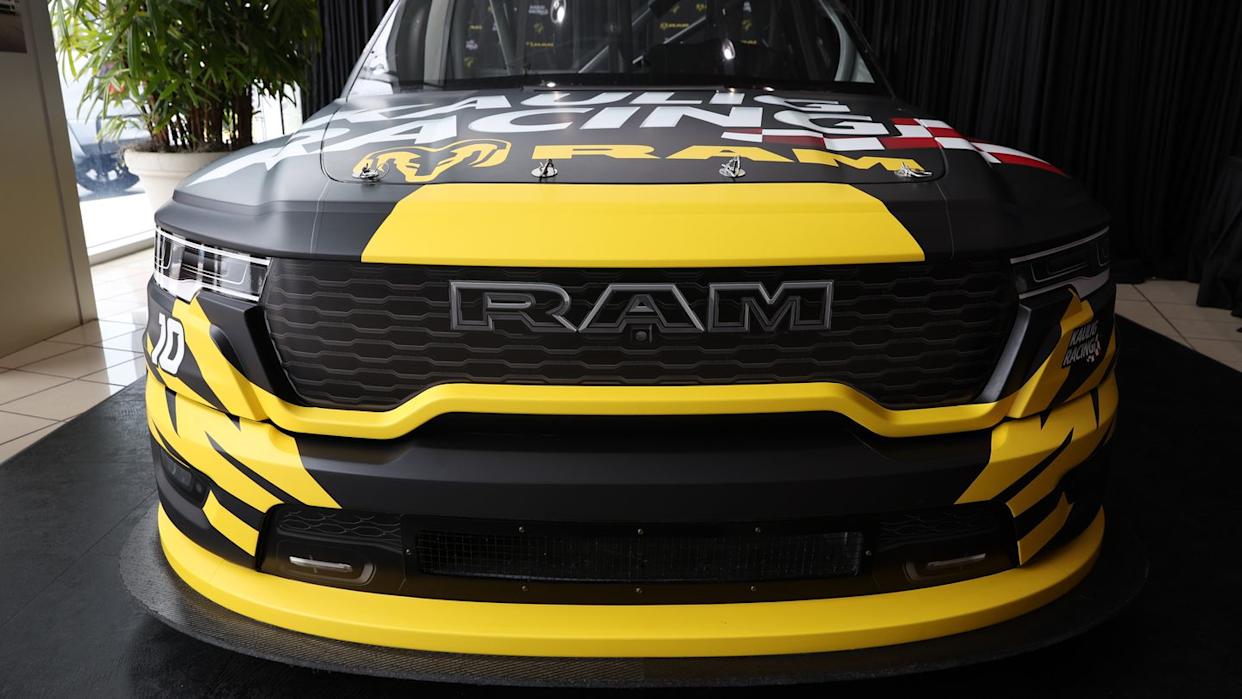

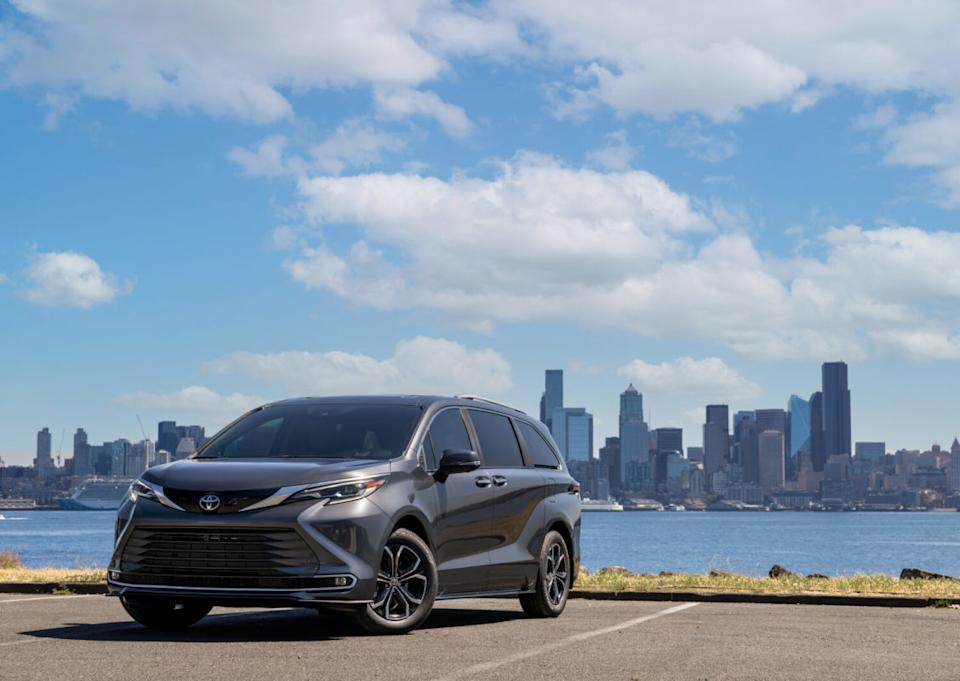
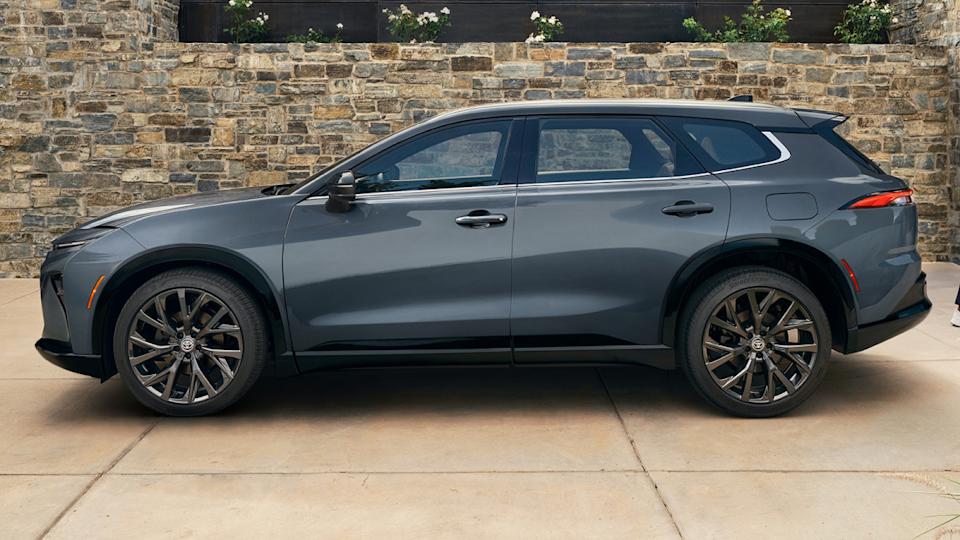
Comments